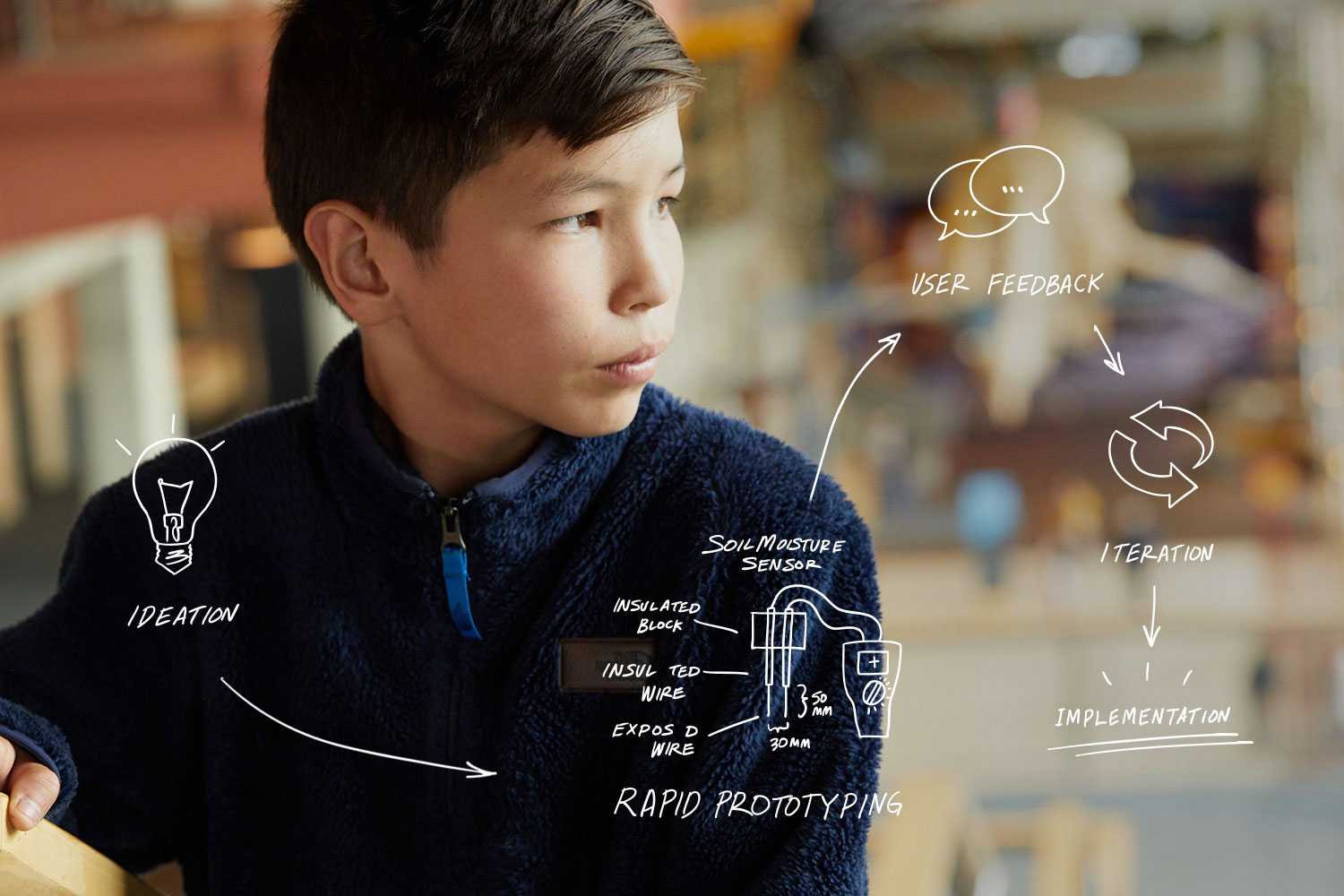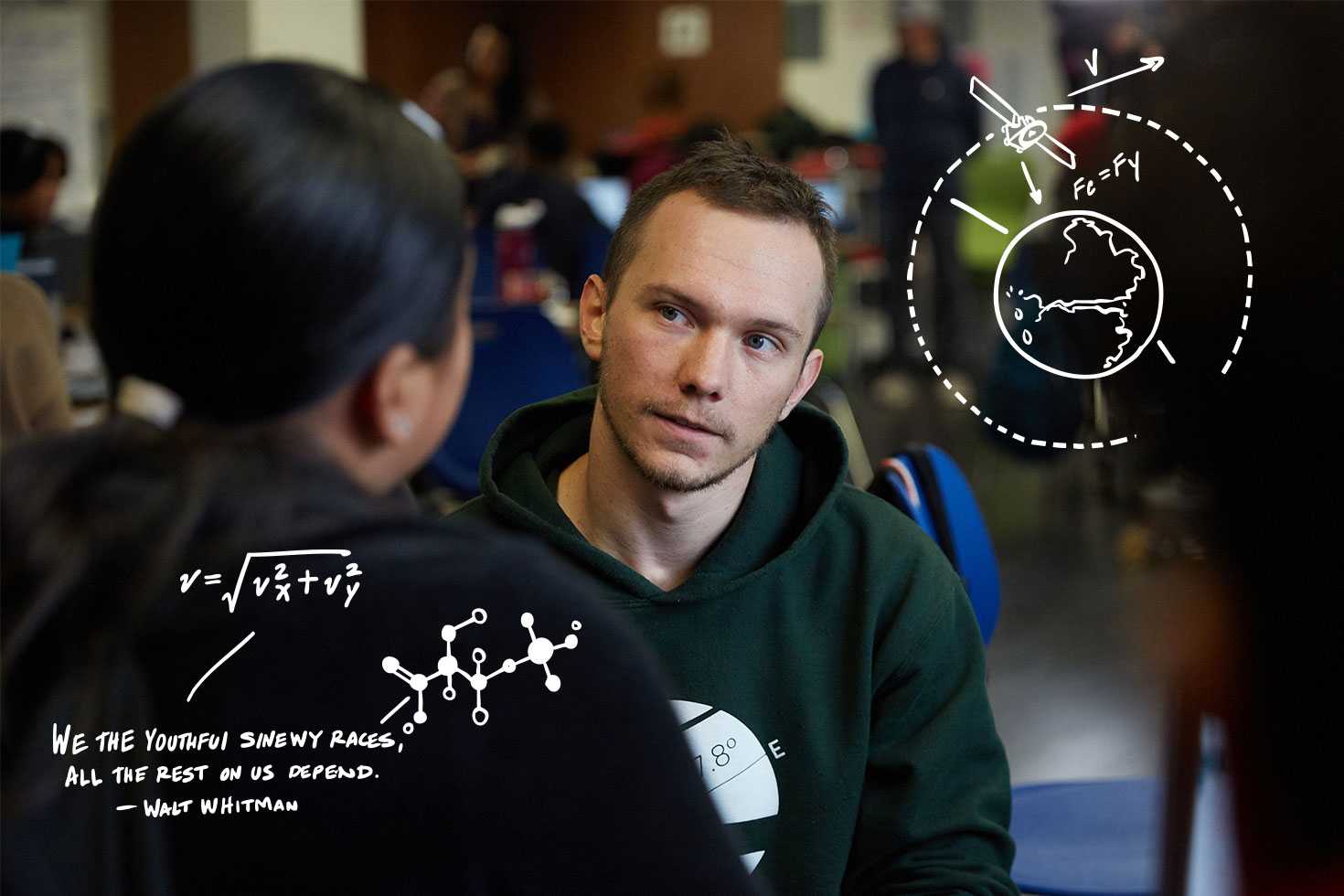2. To create engaging schools, young people must be empowered to reimagine their experience.

Let’s open up opportunities for young people and their families to contribute.
Fact:
Students who are engaged in school are more than twice as likely to do well in school compared with those who aren’t engaged.
Source: Gallup Student Poll
Each year, since 2009, thousands of students across the country have participated in the Gallup Student Poll. The survey asks students in grades 5 through 12 about their engagement with school, hope for the future, entrepreneurial aspiration, and career and financial literacy.
Key findings from Gallup’s 2016 poll:
- Students who are engaged in school are 2.5 times more likely to get excellent grades and to do well in school overall, compared with their actively disengaged peers.
- Engaged students are 4.5 times more likely to be hopeful about the future compared with disengaged students.
- Elementary students are more engaged than middle school students, and engagement plummets to its lowest level in high school.
- Only 28 percent of 11th graders say their teachers make them feel schoolwork is important.
- Only one in three 11th graders say they learned something interesting in school during the week leading up to the poll.
- Less than half of 11th graders have a teacher who makes them feel hopeful about the future.
- Students’ entrepreneurial aspirations wane during high school.
The survey results, which predate COVID-related school closures, clearly show that disengagement is a serious problem for US high school students. Less than a third of 11th graders were engaged with school, compared with nearly three-quarters of 5th graders. Only one in four 11th graders said that adults at their school really care about them, compared with two out of three 5th graders.
Can we change this picture? Research shows that schools can help increase student engagement and resilience by encouraging strong relationships among students and by promoting positive connections between staff and students and between school and home. Students also gain from participating in clubs, organizations, and other groups, and from activities that allow them to cultivate a sense of competence and self-efficacy.
When young people have a voice in improving education, the result is stronger schools and more engaged students. When families and caregivers are involved, too, the impacts are even greater.
Dive Deep
![a student pointing at notes on a board]() What Do Students Want?
What Do Students Want?Find out what more than 100 high school students in nine U.S. cities shared during a series of candid roundtable discussions hosted by XQ in 2019.
Read![a sutdent writing on a white board]() Student Engagement Survey
Student Engagement SurveyHow engaging and worthwhile do students find their daily schoowork? TNTP offers a short anonymous survey and scoring guide you can use to find out, based on its own research for 2018's “The Opportunity Myth.”
Explore![students in a group]() YouthTruth
YouthTruthYouthTruth uses student surveys to capture youth perspectives on education. Visit its website for national survey findings and tips.
Explore![a student with a graduation cap]() Gallup Student Poll
Gallup Student PollEach year, Gallup polls hundreds of thousands of students across the US about their hopes, well-being, and engagement. Find out what they said in 2016 here.
Read
Analyze
We can learn a lot about youth engagement from organizations like community centers, afterschool providers, YMCAs, and cultural institutions. Find out where in your community students are already going to learn, volunteer, contribute—then look for lessons.
Step 1 – Research
Ask young people where they’re learning now, either through organized programming or on their own. Find out what makes those experiences rewarding.
Step 2 – Reflect
Share findings with your team and explore these questions:
- Where is learning happening in your community? How can you capitalize on those assets?
- What are the implications for your school design? What questions do you want to explore further?




